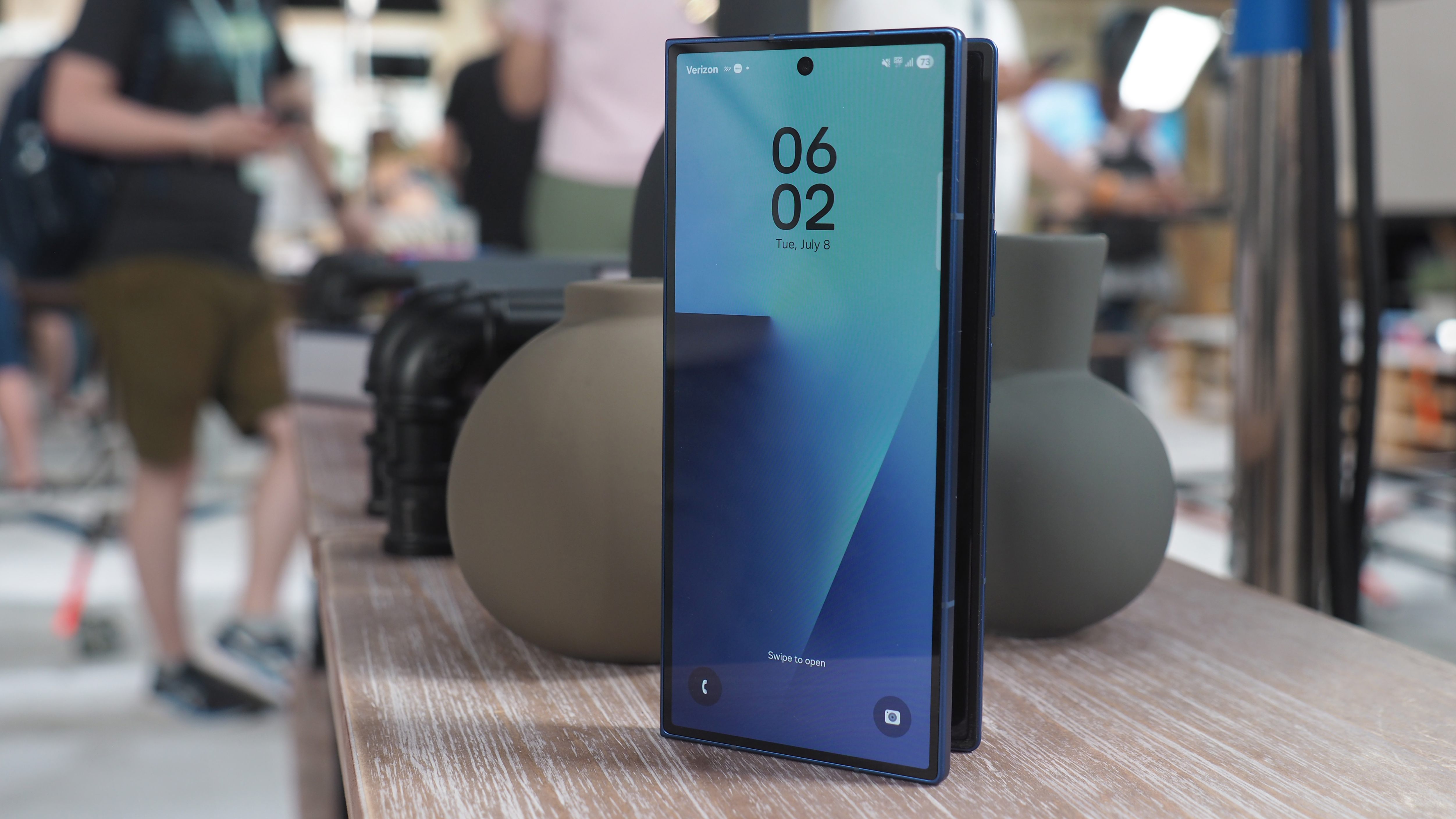
Over the last few years I've been able to try out almost every foldable phone – including a number of prototypes and China-only products. That's given me a good palette to compare and contrast the best folding phones, which have been improving significantly year on year.
But Samsung just dropped an absolute bomb in the new Galaxy Z Fold 7 – which I got to try at the brand's Unpacked summer 2025 event, and already think is the folding phone to beat. It delivers new proportions that make more sense, is among the slimmest on the market, and has tried-and-tested software that I think is a big part of its appeal.
Having been rather enamoured with Google's Pixel 9 Pro Fold last year, it's quite incredible to see how Samsung has totally flipped the script compared to its outgoing Z Fold 6 model. The latest, seventh-gen Fold delivers a much more competitive product. Here's why:
1. Better screen proportions
- 6.5-inch cover display
- 21:9 aspect ratio
- 120Hz refresh
- 1080 x 2520 resolution
- 8-inch interior display
- 2184 x 1080 resolution
- 120Hz refresh rate
- 6:5 ratio (approx)
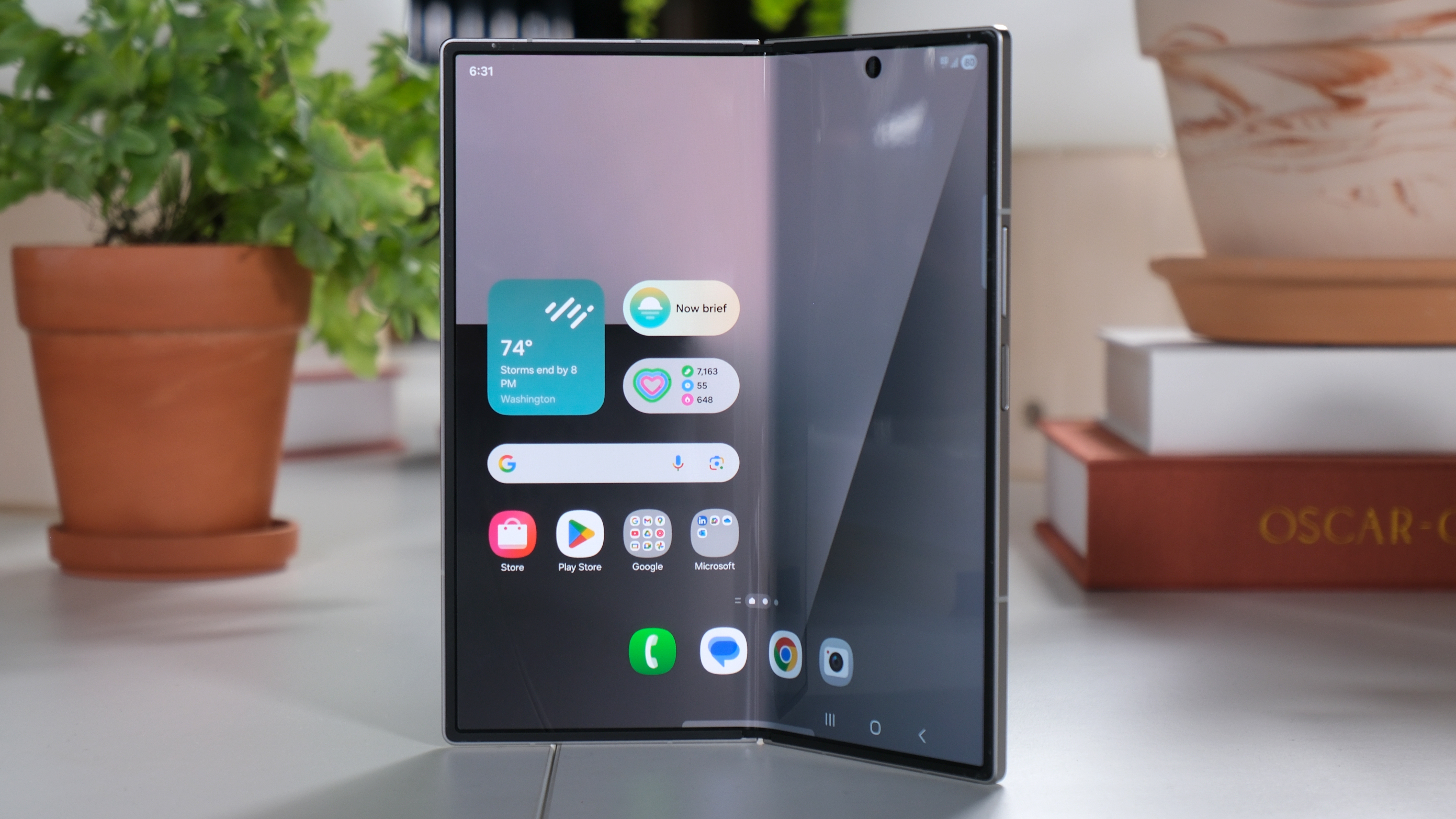
Slowly but surely, Samsung has been squeezing the Z Fold's front display to be more 'everyday'. It's long been a criticism from various users (or would-be users, perhaps), and in the Z Fold 7 the 21:9 aspect ratio makes the device feel more like a 'normal' phone.
Not completely 'everyday', mind, as this is still more elongated than some of the competition, but it doesn't feel in any way compromised in my mind. And knowing there's a larger 8-inch screen on the inside – with an approximate 6:5 aspect ratio, by my calculations – makes for a nicely balanced duo.
Having two screens is key to a foldable phone's makeup, of course, but in some devices with standard front displays, I've found myself not unfolding the phone quite often enough, frankly. The Z Fold 7 seems to bridge the gap, offering the best of both worlds.
Sure, a close-to-square interior format isn't ideal for all content types, just as I'd said of Google's latest foldable, but having a much larger display for multiple apps and windows, or enlarging some video content, will make it great for commuting or, say, long plane journeys – something I intend to try at the end of this week.
Get all the latest news, reviews, deals and buying guides on gorgeous tech, home and active products from the T3 experts
2. A super-slim design
- Folded: 72.8 x 158.4 x 8.9mm
- Unfolded: 143.2 x 158.4 x 4.2mm
- Weight: 215g
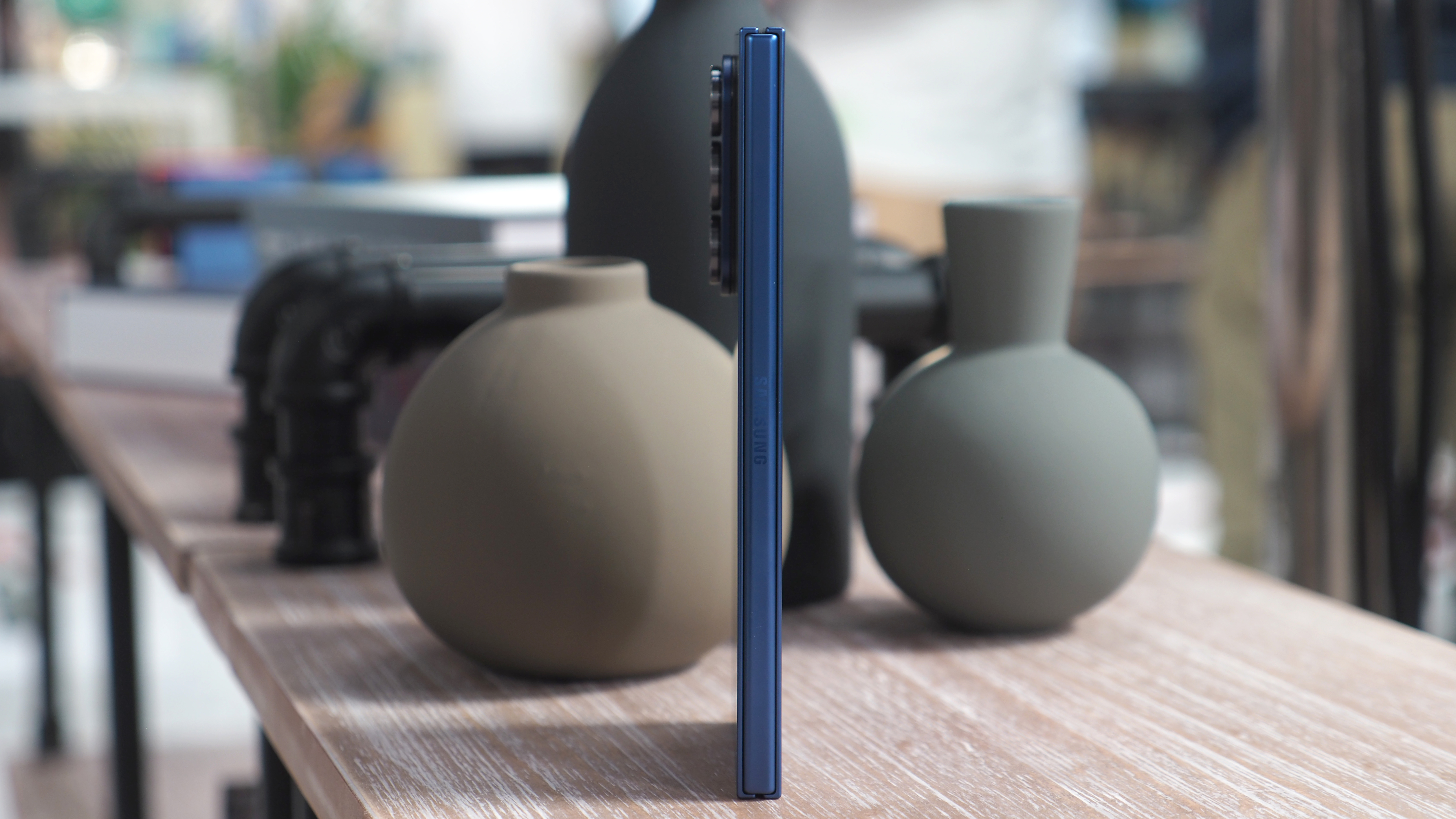
It's been almost funny watching the battleground to claim the title of 'the world's thinnest foldable'. Samsung hasn't quite won it, by a mere 0.1mm, but there's more context to it than that.
The Honor Magic V5 may be 4.1mm when unfolded, compared to the Samsung's 4.2mm, but consider the giant camera protrusion on the rear and, honestly, that whisker-level amount isn't going to be noticed.
And here's where I think Samsung has, once again, edged its neck over the line ahead of its competitors. The Z Fold 7's camera arrangement just looks more iconic, more classic, and a considerable redesign means it protrudes less than before.
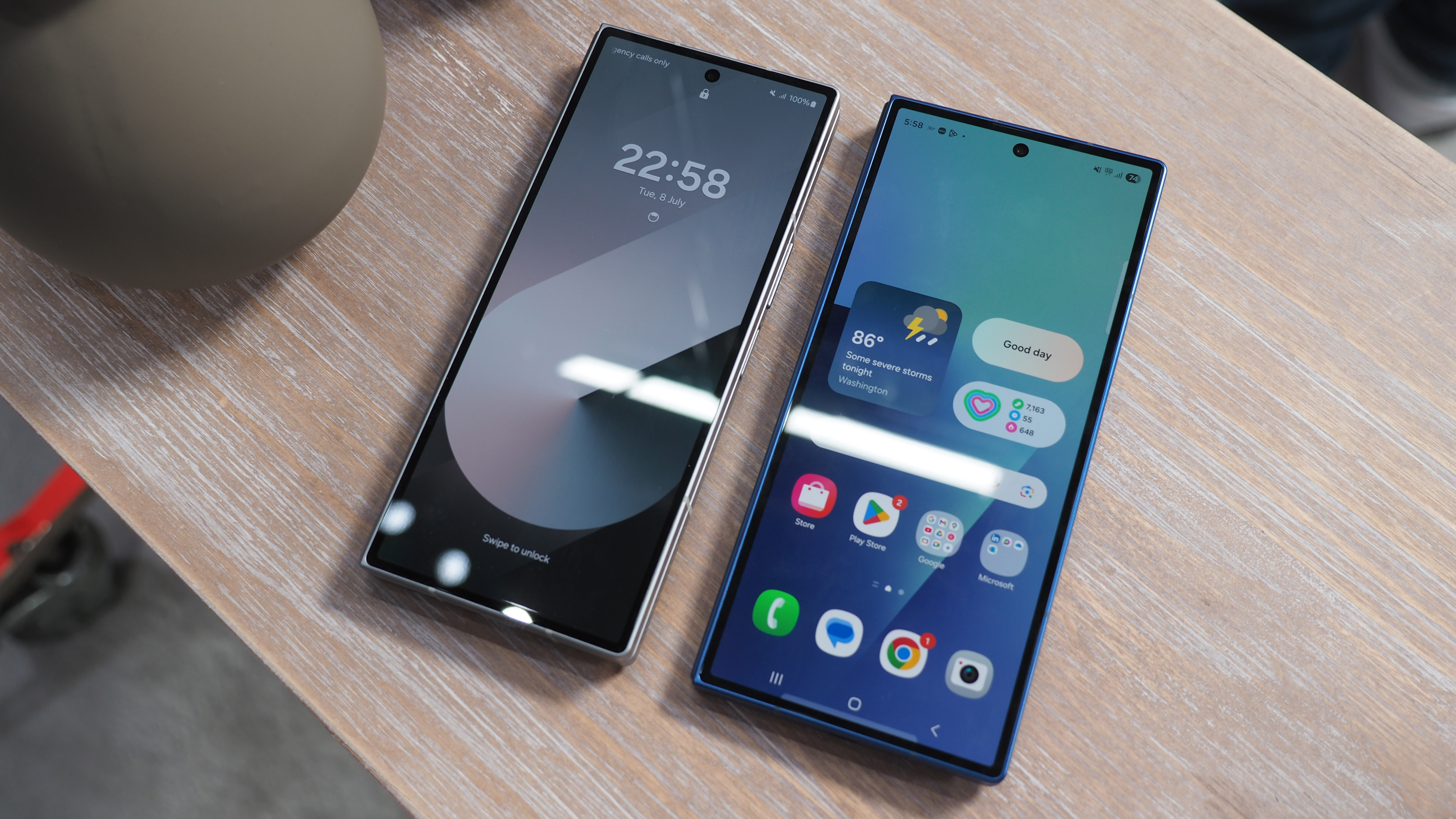
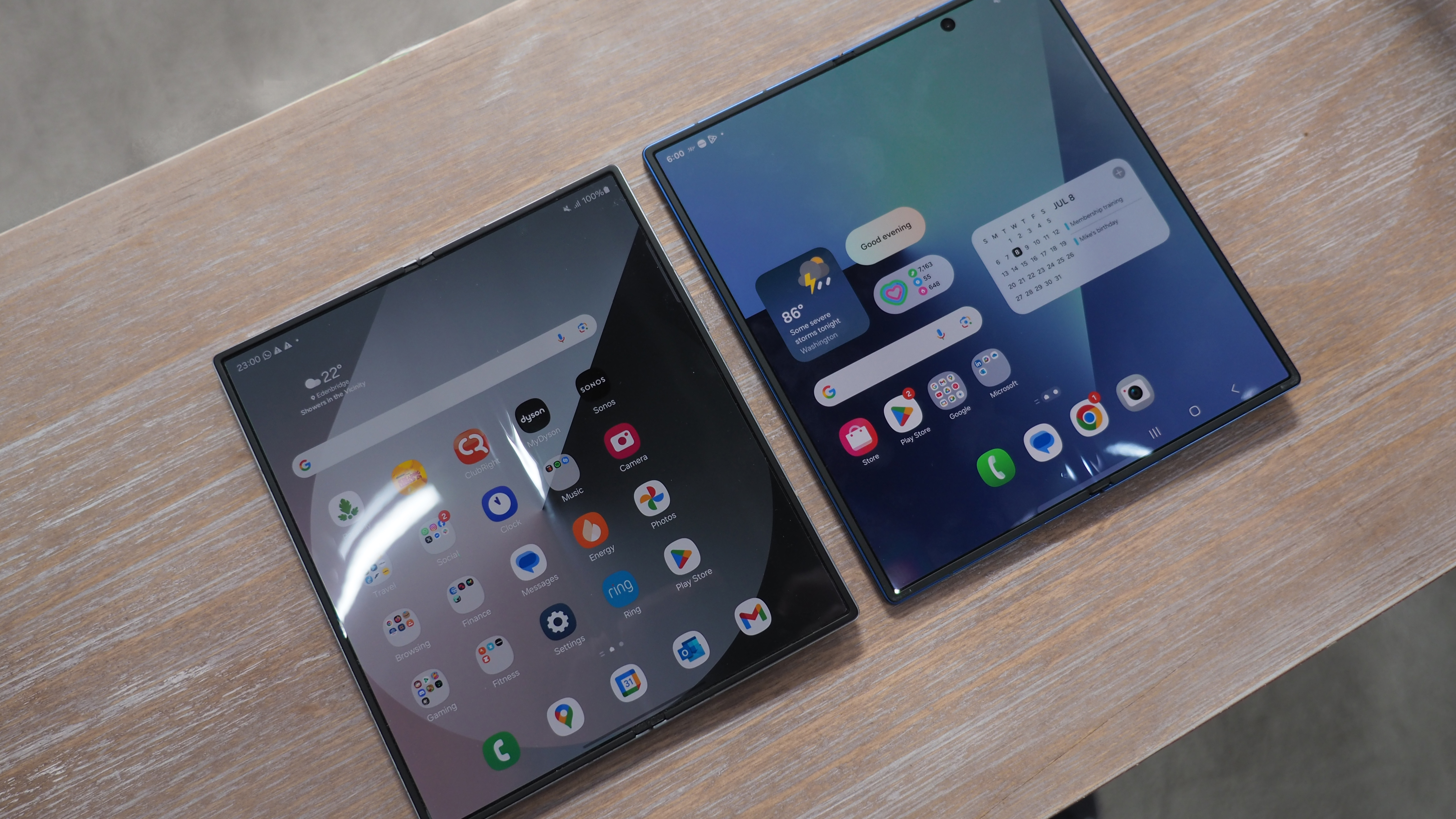
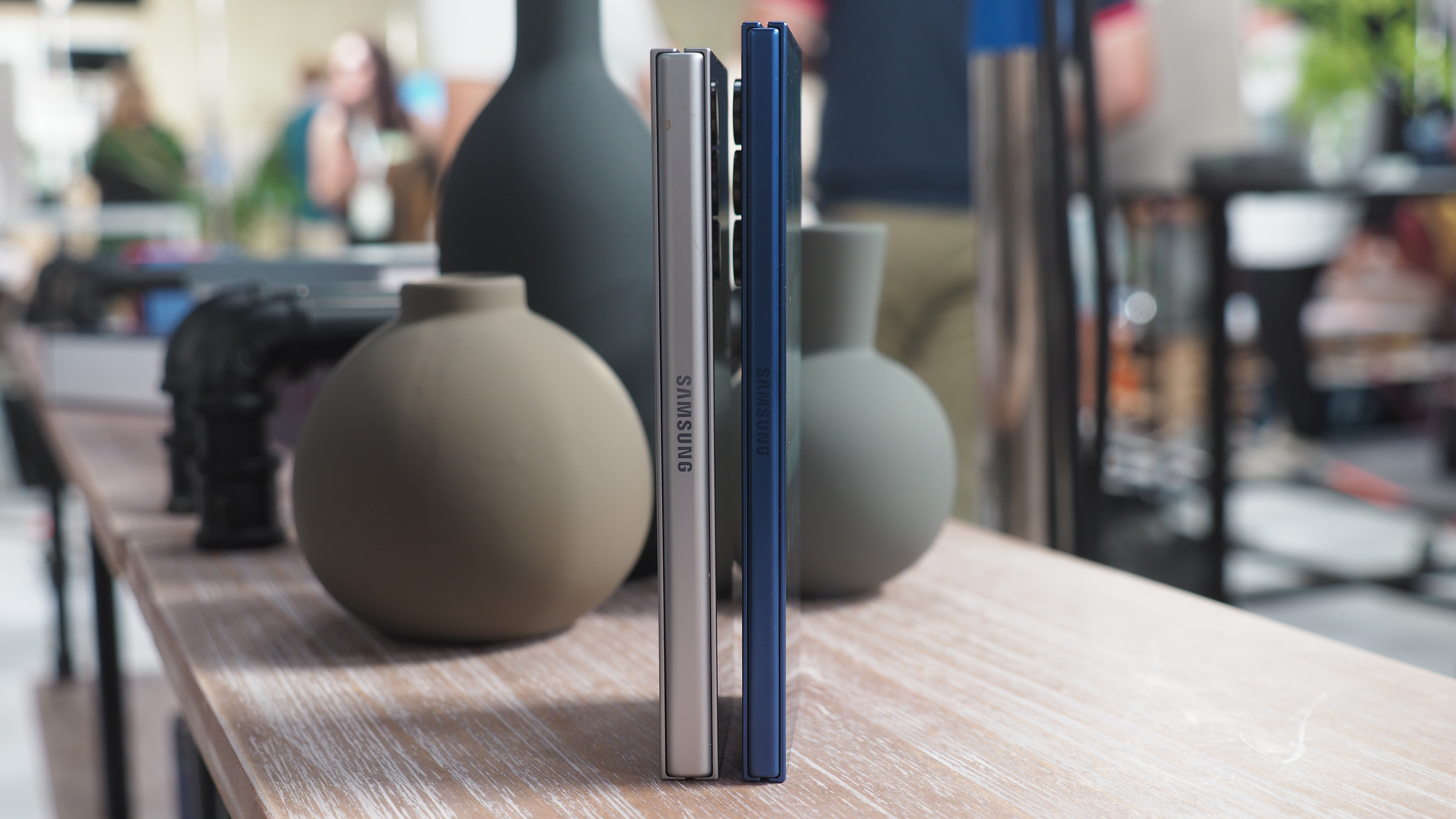
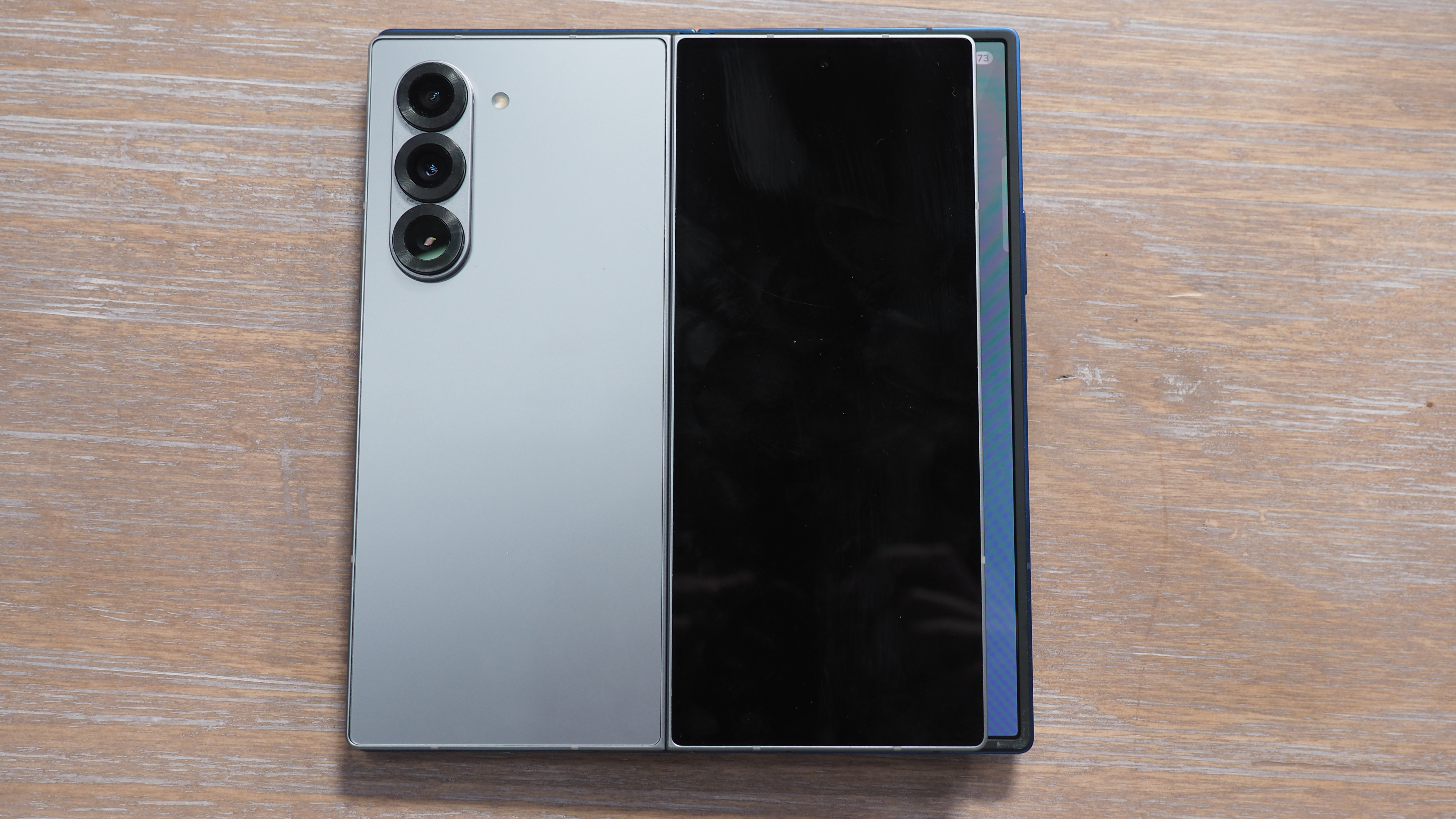
But the biggest thing, that real wow moment, was when I sat the Z Fold 6 next to the Z Fold 7. What a difference a year makes – as the new model is so much thinner, by a full 25%. It's able to hold ground against the likes of Oppo's Find N5 and OnePlus' Open in my view.
But it's the real practicality of this new size and shape and low weight that just feels better to use. It's not unlike picking up any normal flagship, with bezels just as neat and a display at the top level. This is the folding phone entering a new and more elegant phase.
3. Software that just makes sense
- Android 16 with One UI 8
- Samsung Galaxy AI
- No S Pen support
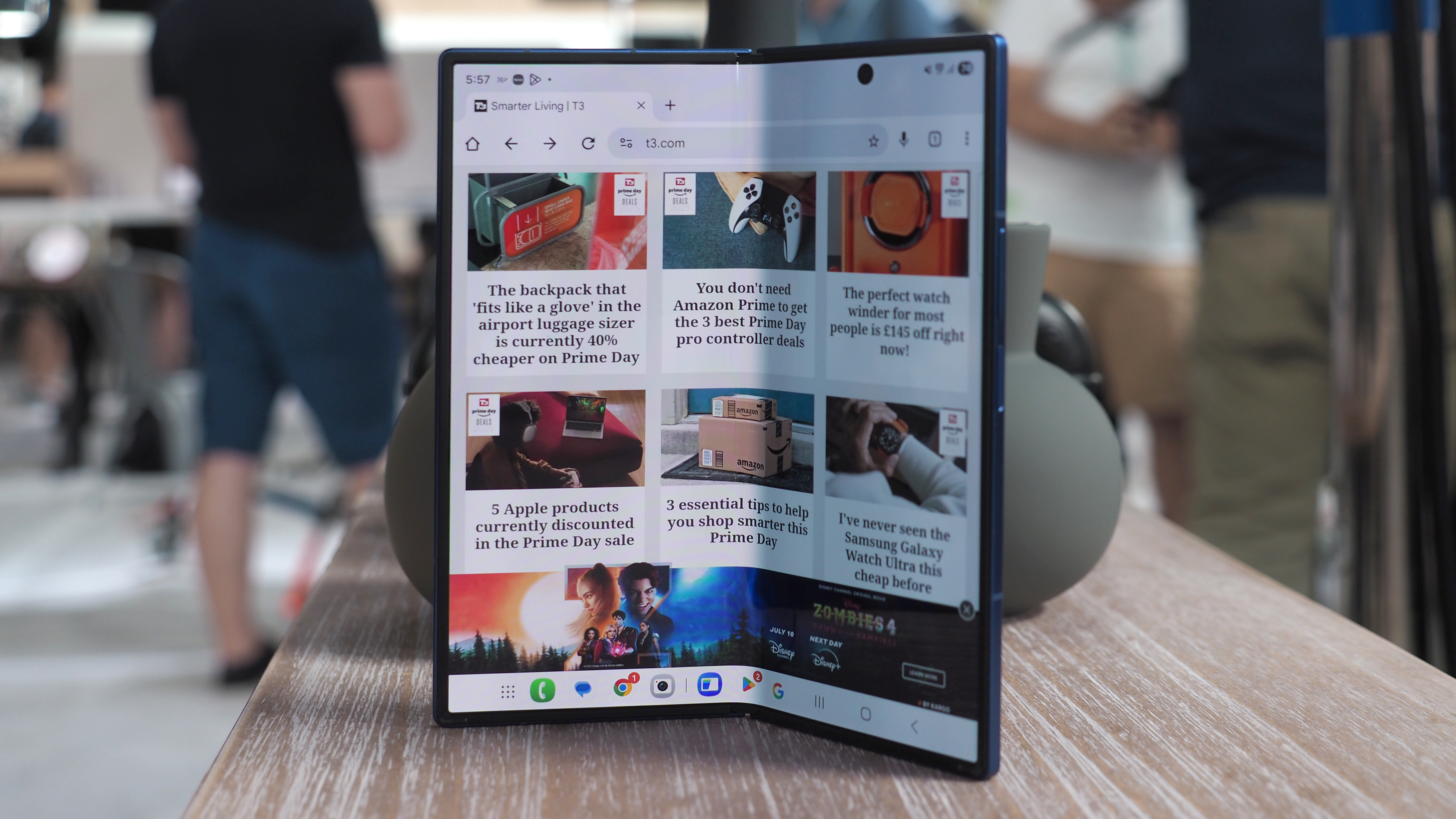
I've mentioned the Oppo Find N5 and Honor Magic V5 and OnePlus Open. All of which run on Google's Android, just fairly adjusted versions. They're all fine to get used to, sure, but I also think Samsung has the upper hand here.
The Korean brand's One UI 8 doubles down on its long-established offering, delivering a close to stock Android experience that's uncluttered, without bloatware, yet offers some neat tricks with productivity and multi-app functionality.
No, there's no S Pen stylus support this time around, which might be a shock to some, but that's because the new design is so slim that it had to omit the necessary hardware that would've been required.
Add in Galaxy AI features, a decent set of cameras, 7 years of software and security updates, and plenty of great-looking visuals – plus fun features such as Now Brief and Now Bar for at-a-glance of your open apps – and the Z Fold 7 feels akin to a Samsung Galaxy S25 Ultra. Yet with even more potential, thanks to its duo of screens.
It's supported by the latest Qualcomm Snapdragon 8 Elite processor, in its 'For Galaxy' guise, meaning there's no compromise to power here. How that'll sit against the 4400mAh battery capacity is up for question, but I'll be testing that out in the coming weeks.
All this tech does cost a pretty penny, of course, with the Z Fold 7's starting price a chunky £1,799 / $1,999 / €2,099. That's for the 12GB RAM and 256GB storage. It maxes out at 16GB/1TB, but you'll have to pay a fair whack more for that. It costs a lot, but the Z Fold 7 delivers a whole lot too – and I don't think any foldable in 2025 is going to quite compete with this.

Mike is T3's Tech Editor. He's been writing about consumer technology for 15 years and his beat covers phones – of which he's seen hundreds of handsets over the years – laptops, gaming, TV & audio, and more. There's little consumer tech he's not had a hand at trying, and with extensive commissioning and editing experience, he knows the industry inside out. As the former Reviews Editor at Pocket-lint for 10 years where he furthered his knowledge and expertise, whilst writing about literally thousands of products, he's also provided work for publications such as Wired, The Guardian, Metro, and more.
You must confirm your public display name before commenting
Please logout and then login again, you will then be prompted to enter your display name.
